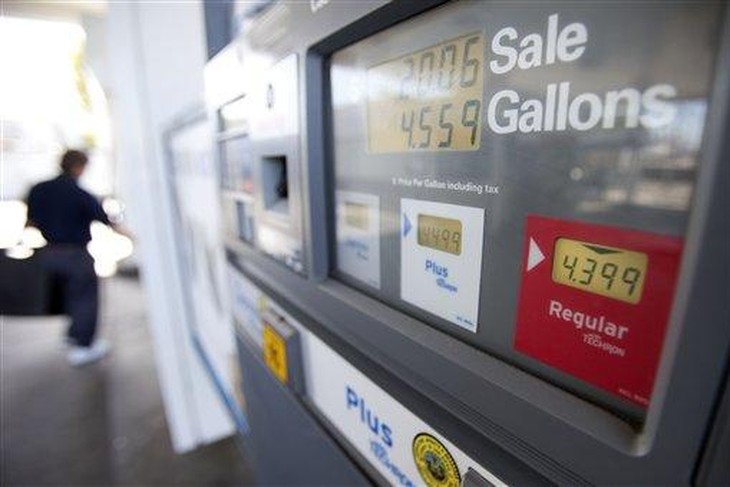I’d take him at his word. If the state of the economy isn’t really improving that is the direction the demoncraps want it to be moving.
Joe Biden Defiant in Face of Grim Economic Report: ‘Our Economy is Moving in the Right Direction’
President Joe Biden was defiant in reaction to the grim jobs and unemployment report released Friday.
“Today there is more evidence that our economy is moving in the right direction, but it’s clear we have a long way to go,” he said.
The president dismissed media commentary pointing out the disparity between the estimated job creation numbers and the jobs actually created in April.
“Listening to commentators today as I was getting dressed, you might think that we should be disappointed,” Biden said with a chuckle.
Unemployment rose to 6.1 percent in April, the report noted, the first time unemployment increased since April 2020 when the coronavirus pandemic began. Although analysts had expected up to a million jobs created in April, only 266,000 jobs were actually reported.
Biden stressed that the report was actually good news.
“Quite frankly, we’re moving more rapidly than I thought we would,” he said, arguing he always felt the recovery would be a “marathon” not a “sprint.”
Republicans questioned Biden’s decision to send expanded $300 a week checks to unemployed Americans until September 2021, arguing it was keeping workers on the sidelines during the pandemic.
But Biden said the economic news only proved the checks were necessary
“This is progress,” Biden continued. “And it’s a testament to our new strategy of growing this economy from the bottom up and the middle out.”
Biden also defended his call for $6 trillion in spending and dramatic tax hikes on businesses and the wealthy to boost the economy.
“The American people are counting on us. So, let’s get it done,” he said.

